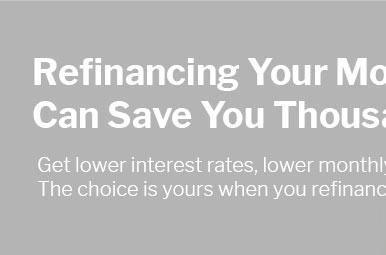 |
 |
 |
 |
|---|
 |
||
|---|---|---|
 |
||
 |
||
 |
||
 |
||
 |
 |
 |
 |
 |
 |
|
Unlock the potential of your home with VA refinance rates that are as steadfast as your service-imagine lowering your mortgage payments, freeing up cash for life's next chapter, or consolidating debt into a single, manageable monthly payment; our expert team is ready to guide you through a seamless refinance process tailored to veterans and active-duty service members, ensuring you not only save money but also gain peace of mind knowing you've secured the best possible rate, so why wait to take control of your financial future when the path to homeownership success is right at your feet?
https://www.bankrate.com/mortgages/va-refinance-rates/
For today, Saturday, March 15, 2025, the national average 30-year VA refinance interest rate is 7.33%, up compared to last week's rate of 6.29%. VA refinance ... https://www.navyfederal.org/loans-cards/mortgage/refinancing.html
VA Loan Rates 15 Year, 5.125% 5.813%. 30 Year - Conventional Fixed Mortgage Rates 15 Year, 5.375% 5.569% 30 Year Jumbo - Homebuyers Choice Loan Rates 30 ... https://www.veteransunited.com/va-loans/va-mortgage-rates/
As of today, March 15th, 2025, the 30-year fixed VA loan purchase rate is 5.750% higher compared to last week's average. Today's 30-year fixed VA refinance ...
|
|---|